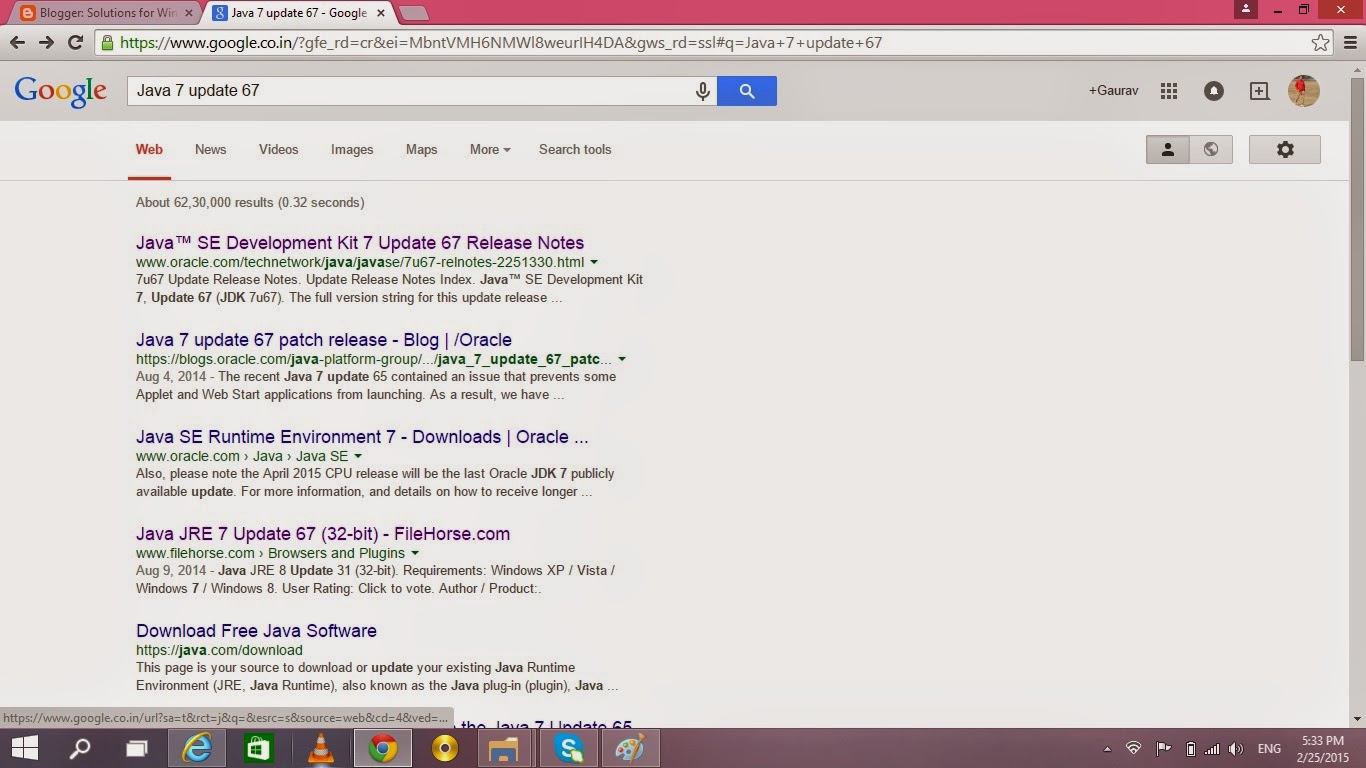
This feature saves you from having to type every time. Notice in Figure A.2 that the variable declarations end with semicolons, but the logic expressions in the following lines do not. If you don’t end an expression (or statement) with a semicolon, DrJava automatically displays its value. There is one subtle detail to note when using the Interactions pane. Refer to the DrJava documentation ( ) for more details. Simply double-click the JAR file to run DrJava. We recommend that you save it to your Desktop folder or another convenient location. To install DrJava, visit and download the JAR file. The IDE we recommend is DrJava, which is an open source development environment written in Java (see Figure A.1).ĭownload and run the installer for your operating system. The JDK we recommend is OpenJDK, an open source implementation of Java SE (Standard Edition). A text editor such as Atom, Notepad++, or Sublime Text, and/or an IDE such as DrJava, Eclipse, jGrasp, or NetBeans.The Java Development Kit (JDK), which includes the compiler, the Java Virtual Machine (JVM) that interprets the compiled byte code, and other tools such as Javadoc.If you are unable to install software on your computer (which is often the case in public schools and Internet cafés), you can use these online development environments for almost everything in this book.īut if you want to compile and run Java programs on your own computer, you will need the following: The easiest way to start programming in Java is to use a website that compiles and runs Java code in the browser.

Instead, we provide this appendix with a brief introduction to DrJava-an integrated development environment (IDE) that is helpful for beginners-and other development tools, including Checkstyle for code quality and JUnit for testing. We avoided putting these details in the main text, because they can be distracting. The steps for compiling, running, and debugging Java code depend on your development environment and operating system.


 0 kommentar(er)
0 kommentar(er)
